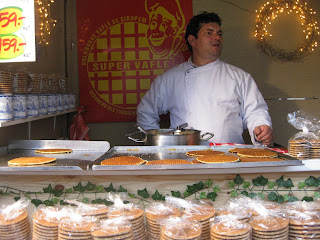I thought I would be able to look at It, and take some pictures, but I was wrong. When the crucial moment arrived, I went out cowardly leaving behind some 'blood thirsty" people . What's the matter with you? I asked myself in anger, you had such a strategic position , close to the "victim" and the "butcher" and you blew it. Psh!
I'm referring ,of course ,to the circumcision of a newly born male baby. The place - a superb hall shaped as a hut, overlooking a magic garden surrounded by citrus groves. It's a place for happy events (weddings, birthdays, various joyous occasions ) held during all seasons of the year. Background or live music, and a good, rich variety of food accompany each such event.

According to the jewish law, circumcision is obligatory. It is performed on the eight day after birth in a ceremony called 'Brith Milah' ( Covenant of Circumcision) by a 'mohel' , a Sabbath observant jew who's specially trained in this procedure. Usually the 'mohel' is a rabbi, sometimes a doctor, and sometimes both.
The Grandfather ( the father of the baby's father) was given the honor of being ' sandak', the person holding the baby after the surgery, while the blessings were recited. After the religious rituals the baby was passed on to family members and guests to hold and cherish him.

























































